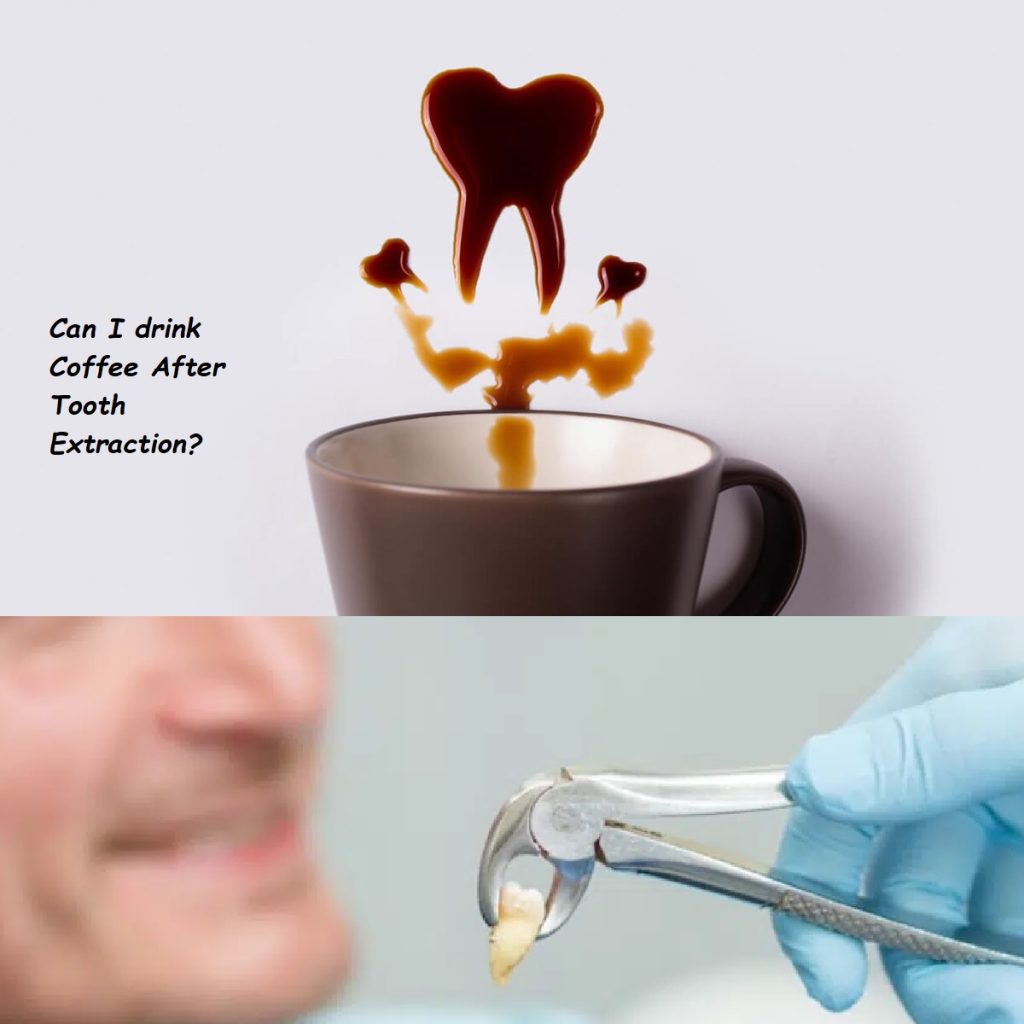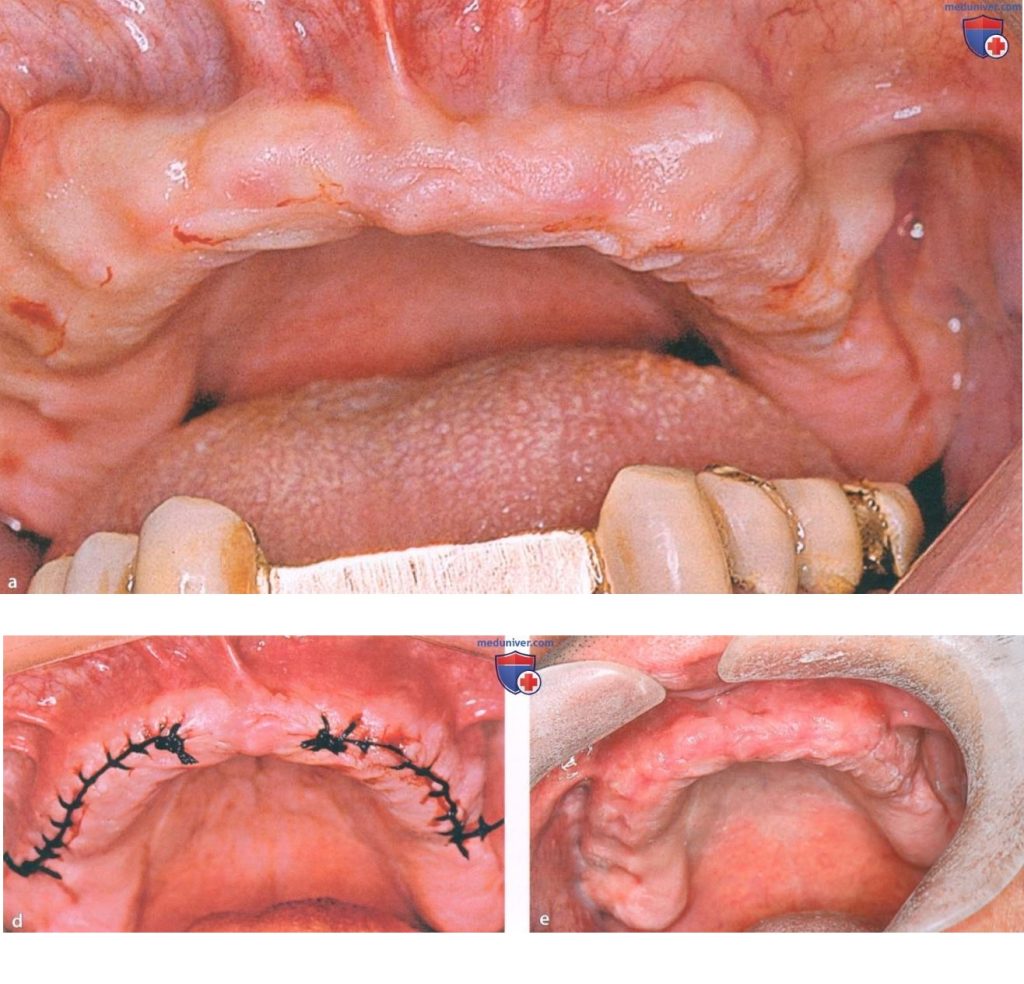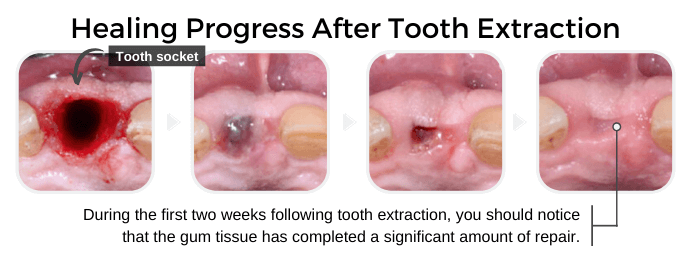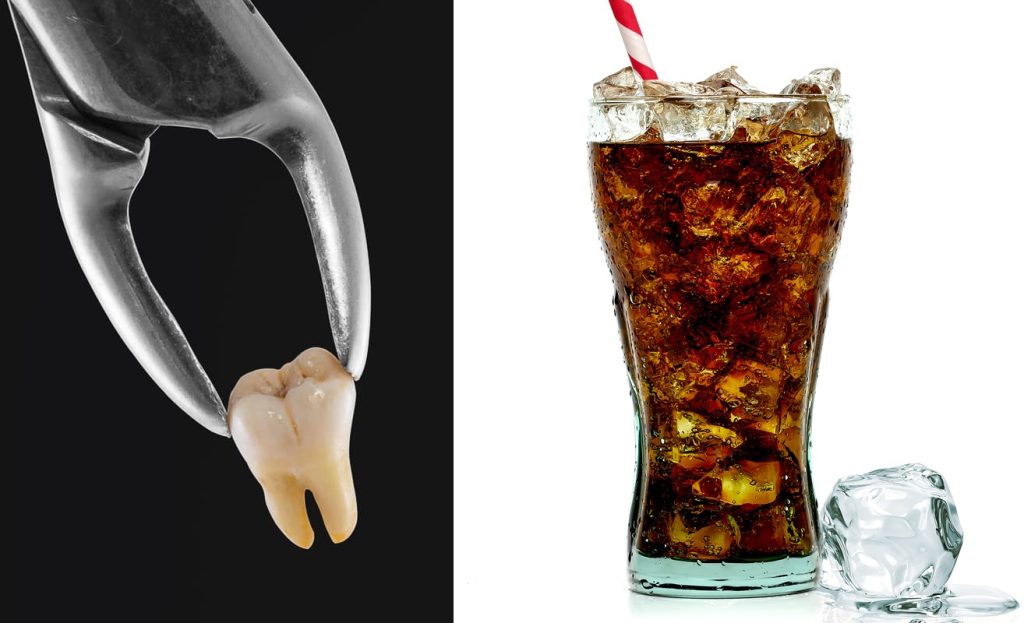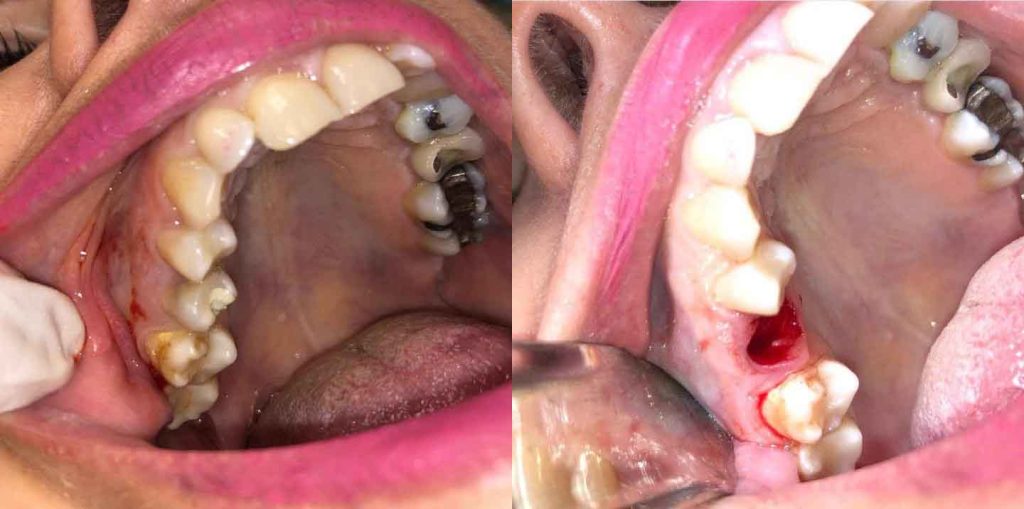dental bone graft surgery
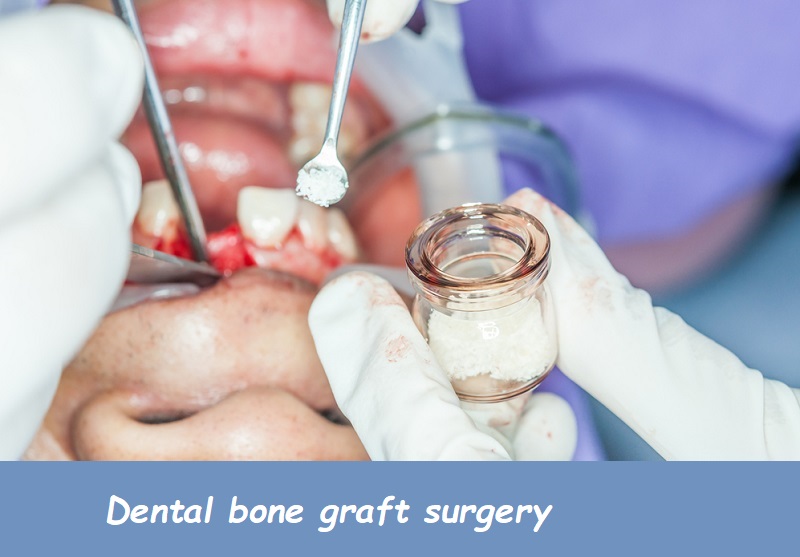
Dental bone graft surgery is a procedure used to replace bone that has been lost due to tooth extraction, gum disease, or injury. This surgery is essential for patients who wish to restore their jawbone’s integrity to support dental implants or other restorative procedures. Understanding the intricacies of dental bone graft surgery can help patients make informed decisions about their oral health.
What is Dental Bone Graft Surgery?
Dental bone graft surgery involves transplanting bone tissue to areas of the jaw where bone has been lost. The graft material can come from various sources, including the patient’s own body (autograft), a donor (allograft), an animal (xenograft), or synthetic materials (alloplast). The primary goal is to encourage the body to regenerate lost bone and create a solid foundation for dental implants or other dental prosthetics.
Why is Dental Bone Graft Surgery Necessary?
Dental bone graft surgery becomes necessary when there is insufficient bone in the jaw to support dental implants. Bone loss can occur due to several reasons:
- Tooth Loss: When a tooth is lost and not replaced, the surrounding bone can deteriorate over time.
- Periodontal Disease: Severe gum disease can cause bone loss around the teeth.
- Trauma or Injury: Accidents or injuries can damage the jawbone.
- Congenital Conditions: Some individuals may have naturally thin or insufficient jawbone.
Types of Dental Bone Grafts
There are several types of dental bone grafts, each with its specific use and source. The choice of graft depends on the patient’s needs and the dentist’s recommendation.
1. Autograft
Autografts are bone grafts taken from the patient’s own body. Common donor sites include the chin, jaw, hip, or tibia. Autografts are often considered the gold standard because they contain the patient’s own cells, which promote bone growth and healing.
2. Allograft
Allografts are bone grafts obtained from a human donor. These grafts are processed and sterilized to ensure they are safe for transplantation. Allografts are commonly used because they eliminate the need for a second surgical site, reducing overall recovery time.
3. Xenograft
Xenografts are bone grafts derived from animal sources, typically cows. These grafts are also processed to remove any potential for disease transmission. Xenografts provide a natural scaffold for new bone growth.
4. Alloplast
Alloplasts are synthetic bone graft materials made from biocompatible substances such as calcium phosphate or hydroxyapatite. These materials are designed to mimic natural bone and stimulate bone growth.
The Dental Bone Graft Surgery Procedure
Pre-Surgery Preparation
Before undergoing dental bone graft surgery, patients must undergo a thorough dental examination. This includes X-rays and possibly a CT scan to assess the extent of bone loss and determine the appropriate graft type and placement.
Surgery Day
- Anesthesia: The procedure typically begins with the administration of local anesthesia to numb the surgical site. Sometimes, sedation or general anesthesia may be used for patient comfort.
- Incision: The dentist or oral surgeon makes an incision in the gum tissue to expose the underlying bone.
- Graft Placement: The chosen graft material is placed in the area of bone loss. The graft is secured in place, often using screws or other fixation devices.
- Closing the Incision: The gum tissue is then sutured back into place over the graft.
- Recovery: Patients are given post-operative instructions to care for the surgical site and minimize discomfort.
Recovery and Aftercare
Immediate Post-Surgery Care
- Pain Management: Over-the-counter pain relievers or prescribed medications can help manage post-surgical pain.
- Swelling Reduction: Applying ice packs to the outside of the face can help reduce swelling.
- Diet: Patients should follow a soft diet for the first few days to avoid disturbing the surgical site.
- Oral Hygiene: Maintaining oral hygiene is crucial, but patients should avoid brushing directly over the graft site.
Long-Term Care
- Follow-Up Visits: Regular dental visits are essential to monitor the healing process and ensure the graft integrates well with the existing bone.
- Avoid Smoking: Smoking can impair healing and increase the risk of complications.
- Healthy Diet: A diet rich in vitamins and minerals supports bone health and overall healing.
Potential Risks and Complications
As with any surgical procedure, dental bone graft surgery carries some risks and potential complications:
- Infection: Infection at the graft site can occur, but it is rare and usually treatable with antibiotics.
- Graft Rejection: Although uncommon, the body may reject the graft material.
- Nerve Damage: There is a slight risk of nerve damage, particularly if the graft is placed near nerves.
- Graft Failure: In some cases, the graft may not integrate properly with the existing bone, necessitating additional procedures.
Benefits of Dental Bone Graft Surgery
Improved Oral Health
Dental bone graft surgery can restore lost bone, improving overall oral health and function. This procedure is often necessary for patients who have experienced significant bone loss due to periodontal disease or trauma.
Enhanced Aesthetic Appearance
Restoring the jawbone can also enhance the aesthetic appearance of the mouth and face. Dental implants and other restorative procedures are more successful when supported by a healthy bone structure.
Foundation for Dental Implants
One of the primary reasons for dental bone graft surgery is to create a stable foundation for dental implants. Implants require sufficient bone for proper anchorage, and bone grafts provide the necessary support.
Alternative Treatments
Sinus Lift
A sinus lift, or sinus augmentation, is a procedure that adds bone to the upper jaw in the area of the molars and premolars. This is often necessary when there is insufficient bone height in the upper jaw or the sinuses are too close to the jaw.
Ridge Expansion
Ridge expansion involves splitting the bone to create a space where bone graft material can be placed. This technique is used when the jaw is not wide enough to support dental implants.
Distraction Osteogenesis
This technique involves gradually stretching the bone to promote new bone growth. It is a less common alternative to bone grafting but can be effective in certain situations.
Advances in Dental Bone Graft Surgery
Growth Factors and Stem Cells
Using growth factors and stem cells is an emerging area in dental bone graft surgery. These biological materials can enhance the body’s natural healing process and promote bone regeneration.
Platelet-Rich Plasma (PRP)
PRP is a concentration of platelets derived from the patient’s blood. It is rich in growth factors that can accelerate healing and improve the success of bone grafts.
Computer-Guided Surgery
Advances in imaging technology and computer-guided surgery have improved the precision of dental bone graft procedures. Surgeons can plan and execute graft placement with greater accuracy, reducing the risk of complications and improving outcomes.
Cost of Dental Bone Graft Surgery
The cost of dental bone graft surgery can vary widely based on several factors:
- Type of Graft Material: Autografts tend to be more expensive than allografts, xenografts, or alloplasts.
- Extent of Bone Loss: More extensive bone loss may require larger or multiple grafts.
- Surgeon’s Experience: Highly experienced surgeons may charge more for their services.
- Geographic Location: The cost of dental procedures can vary significantly based on location.
Patients should consult with their dental provider to obtain a detailed cost estimate and discuss potential payment options or insurance coverage.
Choosing the Right Dental Surgeon
Qualifications and Experience
Selecting a qualified and experienced dental surgeon is crucial for the success of dental bone graft surgery. Patients should seek a surgeon with specialized training in oral and maxillofacial surgery or periodontics.
Consultation and Evaluation
A thorough consultation and evaluation are essential to determine the appropriate treatment plan. Patients should feel comfortable asking questions and discussing their concerns with the surgeon.
Patient Reviews and Testimonials
Reading patient reviews and testimonials can provide insight into the surgeon’s skill and patient satisfaction. Positive feedback from previous patients is a good indicator of the surgeon’s expertise and care.
FAQs About Dental Bone Graft Surgery
What is the recovery time for dental bone graft surgery?
Recovery time can vary depending on the individual and the extent of the graft. Generally, initial healing takes about two weeks, but complete graft integration can take several months.
Is dental bone graft surgery painful?
The surgery is performed under anesthesia, so patients should not feel pain during the procedure. Post-operative pain can be managed with pain relievers and typically subsides within a few days.
Can dental bone grafts fail?
While dental bone grafts have a high success rate, there is a small risk of graft failure. Factors such as smoking, poor oral hygiene, and underlying health conditions can increase the risk.
How long does it take for a bone graft to heal?
Complete healing and integration of a bone graft can take anywhere from three to six months. This time frame allows the graft to fuse with the existing bone and provide a stable foundation for dental implants.
Are there alternatives to dental bone graft surgery?
Yes, there are alternatives such as sinus lifts, ridge expansion, and distraction osteogenesis. The best option depends on the specific needs and condition of the patient.
What should I expect after dental bone graft surgery?
Patients can expect some swelling, discomfort, and minor bleeding after the surgery. Following post-operative care instructions and attending follow-up appointments are crucial for a successful recovery.
Conclusion
Dental bone graft surgery is a vital procedure for restoring lost bone and creating a stable foundation for dental implants and other restorative treatments. Understanding the types of grafts, the surgical procedure, and the recovery process can help patients make informed decisions about their oral health. With advances in technology and surgical techniques, dental bone graft surgery continues to evolve, offering improved outcomes and higher success rates. By choosing a qualified and experienced dental surgeon and following proper aftercare, patients can achieve excellent results and enjoy the benefits of a healthy, functional, and aesthetically pleasing smile.
4o



